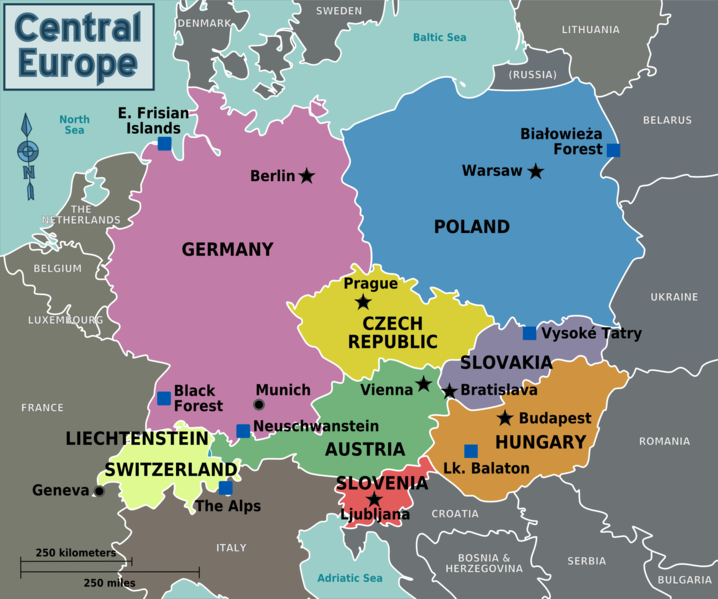by Ronan Manly, BullionStar:

“Gold continues to be one of the most important reserve assets globally, as evidenced by the significant purchases of gold by central banks in recent years.”
– Hungarian central bank, September 2024
As we enter the final stretch of 2024 with the international gold price having made continual new highs during the last 8 months, it’s encouraging to see that central banks, on a collective basis, are still large net buyers of physical gold for their monetary gold reserves.
TRUTH LIVES on at https://sgtreport.tv/
According to the World Gold Council’s just released Gold Demand Trend (GDT) report for the third quarter 2024, central banks (and other official sector institutions) added a net 694 tonnes of gold to their monetary gold reserves during the first 9 months of 2024. This comprises net buying of 305 tonnes of gold in Q1, 203 tonnes in Q2, and 186 tonnes in Q3.
Based on World Gold Council data (which is collected by precious metals consultancy Metals Focus), January – September 2024 central bank gold purchases are below the January – September 2023 period (when central banks added a net 833 tonnes of gold ), but on a par with the first 9 months of 2022 (when central banks bought a combined 700 tonnes of gold).
Recalling that 2022 was a record year for central bank gold buying (with central banks net buying 1082 tonnes of gold), and 2023 was not far off that (with central banks net buying 1049 tonnes), then 2024 is set to be a respectable year also, independent of what buying might or might not occur in the fourth quarter of 2024, and shows that the investment rationale of central banks buying gold – store of value, safe haven, no counterparty risk, no sanctions risk, diversification benefits – are still intact.
First a few caveats about World Gold Council (WGC) central bank gold buying data – It comprises both reported gold buying by central banks (which the central banks report to the IMF’s International Financial Statistics database as well as publish on their own websites as international reserves data), but also comprises unreported gold buying by central banks (which the WGC makes an estimate of based on “market feedback” and which it describes as “confidential information regarding unrecorded sales and purchases.”
This “unreported gold buying” component is also far bigger than the ‘reported’ component, with for example, the World Gold Council claiming that central bank and official sector institution gold demand was 507.4 tonnes in the first half of 2024, while only being able to explain 124 tonnes of this total as reported central bank gold buying over the same period. So that’s 383.4 tonnes of central bank gold buying ‘not reported’, but which the World Gold Council claims to know about.
We therefore have an absurdly unscientific situation where 75.5% of claimed central bank gold buying during H1 2024 is from unidentified central bank buyers, and only 24.4% is from central bank buyers who have publicly divulged their purchases. It is also the case that since the World Gold Council won’t reveal the information it claims to know about, then no one can scientifically verify its correctness, nor can anyone refute it.
This situation is reminiscent of the now well-known quote from Donald Rumsfeld:
“There are known knowns; there are things we know we know. We also know there are known unknowns; that is to say, we know there are some things we do not know. But there are also unknown unknowns—the ones we don’t know we don’t know.“
In this case, the “known knowns” are the reported gold buying transactions of central banks, the “known unknowns” are the unreported buying transactions, and the “unknown unknowns” is any central bank gold buying which may have occurred totally under the radar unbeknownst to anyone except the buying and selling parties.
This lack of transparency therefore makes it challenging for anyone outside of World Gold Council / Metals Focus to assess the veracity of their central bank gold demand claims, and the market is left to speculate on the identities of the unidentified buying entities. While the unidentified buyers probably include countries such as China, Saudi Arabia, and Russia, as well as various sovereign wealth funds (SWFs), it would be nice to have this in writing.
However, given that this is not possible, we can still look at the “reported buyers”. And they are as follows:
On a year to date basis, Poland’s central bank is the largest reported gold buyer, buying 61.2 tonnes of gold so far in 2024, including in September. In second place is the central bank of Turkey, which in the first 8 months of 2024 up until August, added 51.5 tonnes of gold to its reserves. In third place is India’s central bank, which added 50 tonnes of gold to its reserves between January and September.




